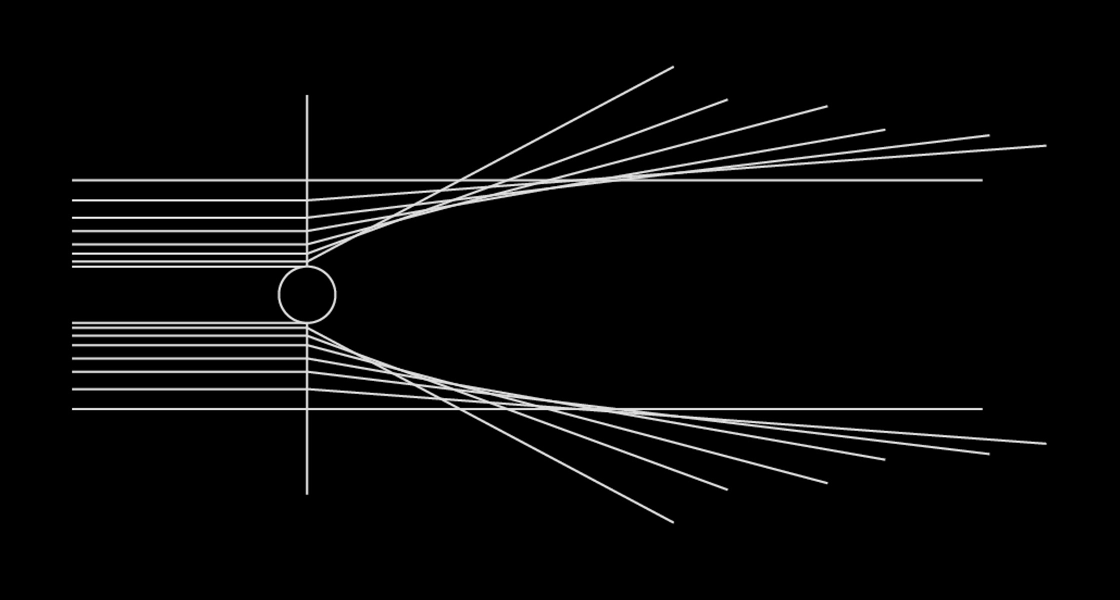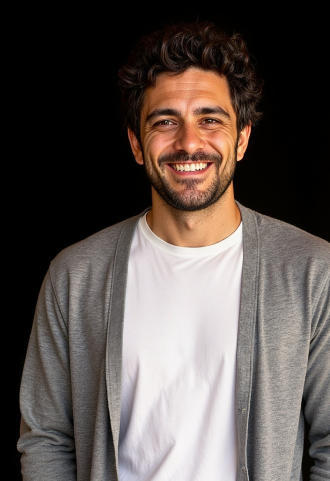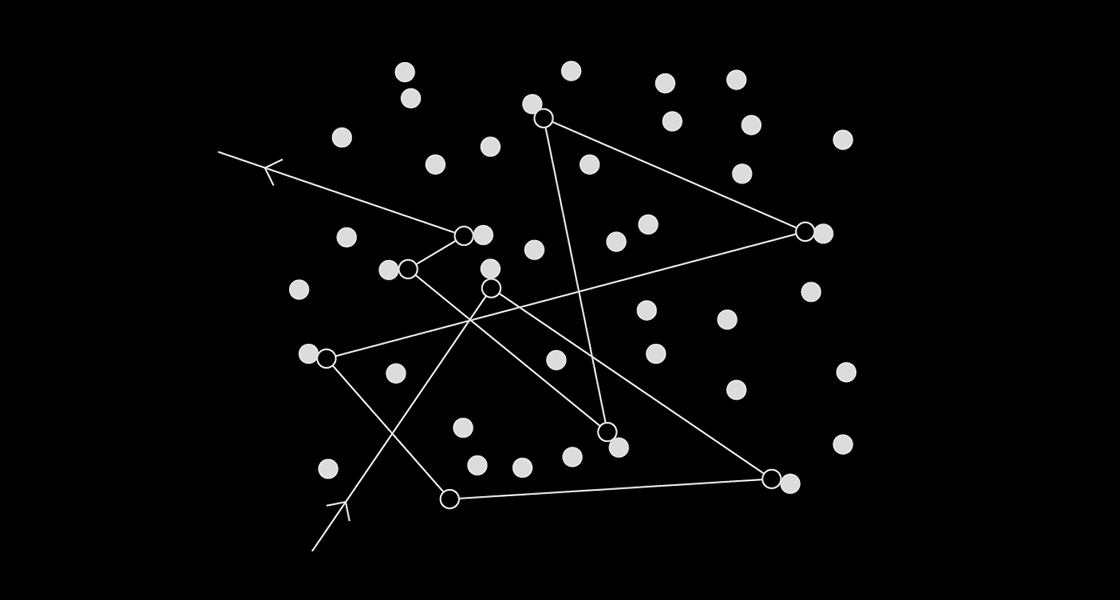I never imagined that a single seminar could profoundly reshape my professional identity—but that’s precisely what happened. When I joined the Art Thinking seminar at the start of my Executive MBA at ESCP, I was a seasoned innovation leader with over 20 years of navigating corporate and startup environments. I thought my professional toolkit was complete, my perspective set. I was wrong.
The journey into Art Thinking wasn’t easy or predictable. It was unsettling, demanding, and at times deeply frustrating. Yet, in retrospect, that discomfort was precisely the breakthrough I needed—a purposeful disruption of old patterns to clear space for something entirely new.
Sylvain Bureau describes Art Thinking as “a non-client-centric agile method used to create the improbable with certainty.” At first glance, this definition seemed paradoxical: How can one achieve certainty in creating the improbable? And how could a non-client-focused approach benefit business innovation?
These questions lingered as I navigated new territories of thought. Gradually, profound insights emerged that have since reshaped my approach to innovation, leadership, and professional success in an increasingly complex world.
Realization 1: Creating the Improbable
I’ve spent years at the intersection of product ideation, validation, and testing, fluent in both corporate and startup languages. But Art Thinking introduced me to an entirely different dialect—one focused on creating what doesn’t yet exist, rather than merely optimizing what already does.
Effectual reasoning, contrasted with traditional causal reasoning, particularly resonated with me. Saras Sarasvathy describes causal reasoning as strategic and goal-oriented, like generals conquering known territories, while effectual reasoning is exploratory, akin to voyagers charting uncharted waters. Reflecting on my career, I realized many of my most successful projects weren’t triumphs of meticulous planning but victories of effectual thinking: creating remarkable outcomes from limited resources, adapting rapidly, and seizing emergent opportunities.
Art Thinking provided tangible methods—donation, deviation, destruction, drift, dialogue, and display—that turned intuitive approaches into repeatable practices. I’ve already begun integrating these practices into innovation workshops, intentionally shifting between structured strategies and open-ended exploration. Instead of instantly defining goals, I now start with the resources and knowledge at hand, allowing genuinely innovative outcomes to surface naturally.
Realization 2: Embracing Uncertainty
Perhaps the most challenging lesson was surrendering control. My career has thrived on managing complexity and delivering predictable results; intentionally embracing uncertainty felt nearly reckless. Yet, during the seminar, when our carefully constructed plans were repeatedly dismantled, I began to appreciate a fundamental truth: genuine creativity doesn’t thrive in rigid structures.
Control and certainty are illusions in truly creative processes. Bureau’s concept of drift (dérive) highlights this beautifully—it’s about moving forward without rigidly fixed guidelines. This realization doesn’t mean abandoning discipline; rather, it calls for a sophisticated balance between structured management and deliberate openness.
Practically, this means fostering “productive wandering,” resisting premature solutions, and empowering team members comfortable with ambiguity. I’ve come to understand that uncertainty isn’t merely tolerable—it’s generative, essential for tackling challenges beyond the scope of traditional optimization.
Realization 3: Vulnerability as Strength
Business traditionally frames failure as something to overcome swiftly. The Art Thinking seminar offered a different perspective: vulnerability isn’t weakness but a crucial element of creativity.
Throughout the seminar, my instinctive reaction to critique was defensive. Only when I permitted myself to be vulnerable—admitting confusion and openly sharing incomplete ideas—did genuine creativity emerge. This aligns with Art Thinking’s concept of dialogue, which values multiple, often contradictory perspectives over single-truth monologues.
In my future professional practice, vulnerability will be a cornerstone: modeling openness, creating psychological safety, and transforming failures into learning opportunities rather than setbacks. I’ve recognized that embracing vulnerability can unlock innovative solutions previously inaccessible through traditional approaches.
Ultimately...
The Art Thinking seminar profoundly transformed my view on creation, innovation, and leadership. It offered frameworks to embrace the improbable, a productive relationship with uncertainty, and the recognition of vulnerability as strength. These insights challenge conventional business wisdom, offering a nuanced, human-centric approach to navigating complex challenges.
More than ever, our rapidly evolving world requires these distinctively human capacities—creative drift, comfort with uncertainty, and vulnerable dialogue—as vital professional assets. I now intentionally cultivate these capabilities, creating space for improbable innovations not because I’m certain they’ll succeed, but because I’m certain that continuing on our old paths won’t lead to meaningful change.




